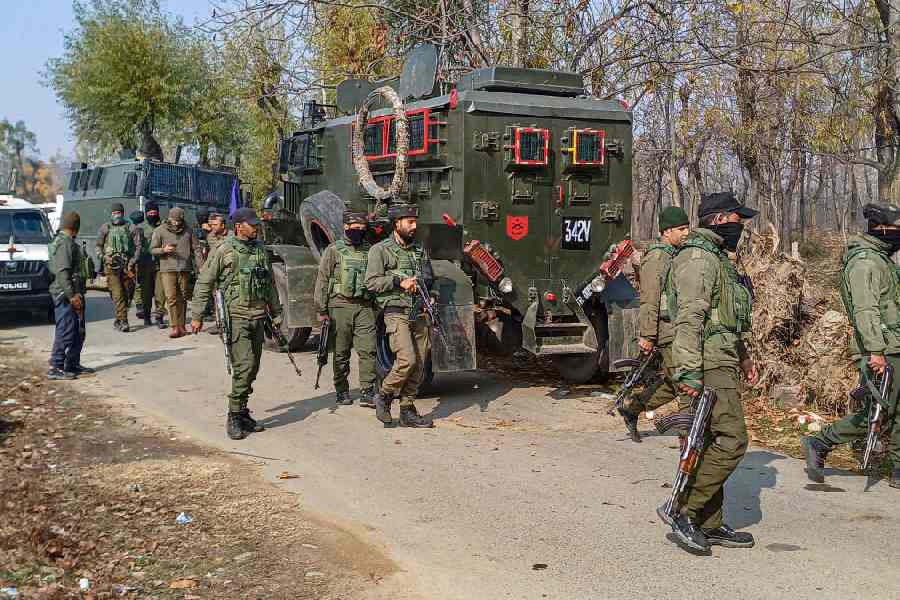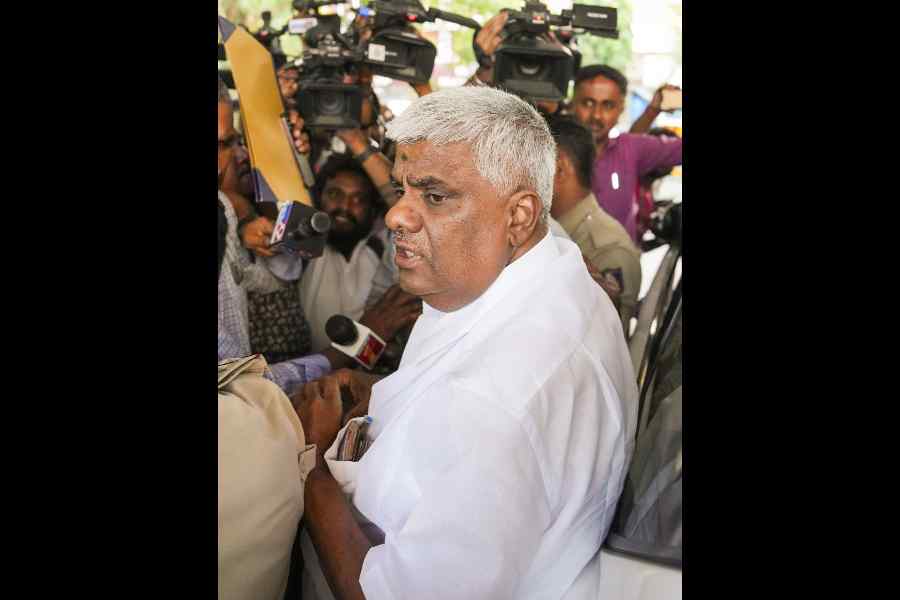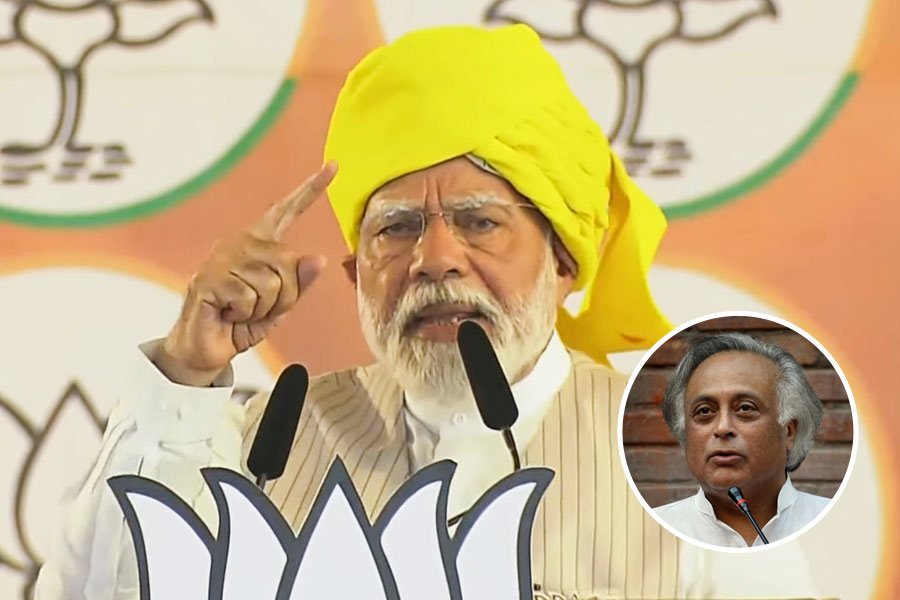
Great oaks from little acorns grow. The bindu, the motif which has become synonymous with the celebrated artist, Sayed Haider Raza (1922-2016), had its origin in his village school close to Mandla, a small town in Madhya Pradesh, where he was laid to rest alongside his father who was a deputy forest ranger. For the better part of his life, Raza lived in Paris. After the death of his wife, the French artist, Janine Mongillat, he returned to India permanently on December 10, 2010. But he never forgot the village school he went to and Mandla that are encircled by the swift waters of the river, Narmada, which, to Raza, was a divine entity, the goddess borne on a crocodile who is worshipped in this region.
Raza was born in Babaria, 200 km away from Mandla, and his father was posted in Kakaiya village, not far from the town, where hutments with pantile roofs are nestled amid the greenery. Raza's tiny school adjacent to the humble cottage where he grew up along with his siblings still clings to the memories of the star it once produced. Raza, too, felt a strong bonding with it. On one of his several visits to the school, he had gifted it a small canvas with a bindu painted on it, and behind it was inscribed a tribute to his teacher, Nandlal Jharia, of Itarsi. When we went on a visit to the school, the staff dutifully produced the school register in which Raza's name and that of his brothers were recorded for enrolment. Once, his parents met Jharia as they were worried about the future of this 'wayward' boy. Jharia drew a bindu on the verandah and asked his pupil to focus his mind on that point. Thus, the story goes, was born a symbol simple enough to have contemporary appeal, yet resonating with the power and potency of ancient yantras and mandalas.
When Raza was eight, Gandhi visited Mandla, and this left a lasting impression on him. He was born a Shia, but, as is evident from his work, he accepted the tenets of Hinduism and Christianity as well.
Raza died on July 23, 2016, and his body was brought to Mandla the next day to be laid to rest, as he had wished. And, a year later, Raza Foundation, formed in 2001, decided to 'celebrate' his death anniversary on that day. Early that morning, when the heavens seemed to have opened up over Mandla, a small group of Raza's admirers trooped into the cemetery and showered marigold and roses on the simple marble graves of father and son lying adjacent to each other. Raza may have won the Padma Vibhushan and the French government may have conferred him with its highest civilian honour, Commandeur de la Légion d'honneur, but he was unknown in Mandla. And it was to perpetuate his memory that the Foundation has been organizing the festival on his death anniversary at Rapta ghat in Mandla on the banks of the river. Last year, there was hardly any response, but this time it was much more successful as the local populace - both artists and regional folk musicians - was involved, and it afforded them a window to display their talents and potential. Young art writers were also invited.
Raza Foundation has ambitious programmes involving the arts, including publishing, and a Raza Museum. And these will climax with the artist's centenary celebrations in 2022.










